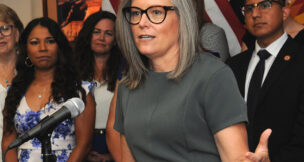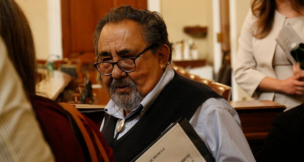New standards and high-quality assessment are essential for Arizona students
Guest Opinion//March 10, 2014//[read_meter]
New standards and high-quality assessment are essential for Arizona students
Guest Opinion//March 10, 2014//[read_meter]
When the Common Core State Standards were being drafted, many Arizona teachers provided input and feedback which were incorporated into the actual standards that were adopted by 45 states. I...

















